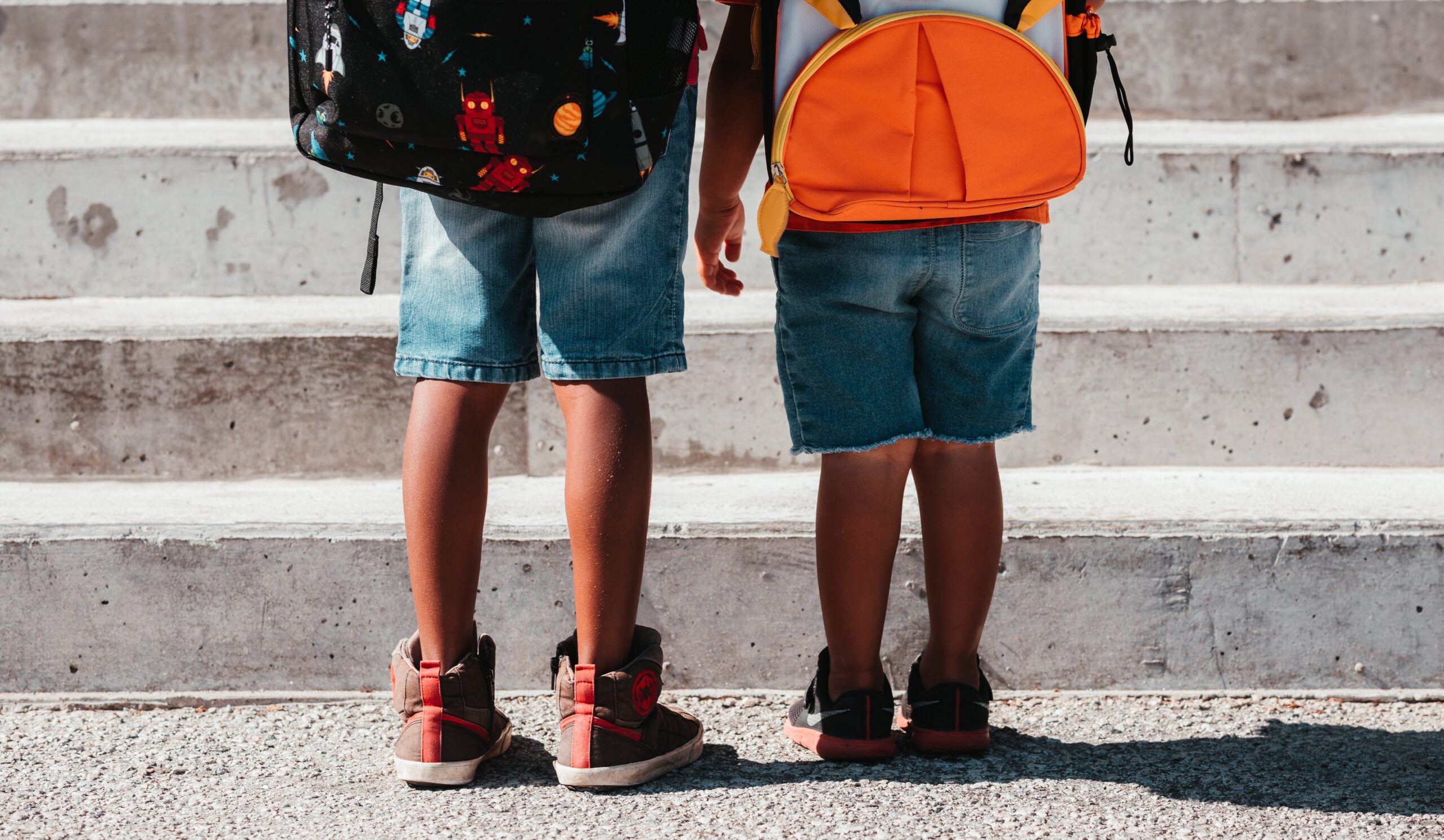Inclusion practices have moved many students from special education rooms into mainstream classes, and as I’ve traveled the states as Oregon Teacher of the Year, I’ve heard one message loud and clear:
General education teachers need help adapting their classrooms and lessons for a wider range of skills.
We have classrooms with students reading at the Pre-K level sitting next to kids who read at the pre-college level.
Teachers need help.
These differences in ability are not just academic. Think of your own classrooms and the different behaviors and social skills you navigate each day. We have kids all over the place — so we teachers are going to be teaching all over the place.
Teaching Channel has invited me in to look at their amazing video lessons from inspiring teachers and imagine some adaptations that might help out your learners with IEPs (Individualized Education Programs). This is not to critique their outstanding work, but rather a special education teacher thinking about what one of my students might need to succeed — in that classroom, and with that same lesson. I want to set the tone from blog one and let these amazing teachers know how much they inspire me.
And on that note, I can’t think of a better video lesson to start with than Nick Romagnolo’s Setting the Tone from Day One. Hats off to Nick, because had I seen this video as a student teacher, I would’ve had a much better start to my career!
Let’s imagine Nick has a student who just isn’t getting it.
What can I do to help?
Since many of my students have ADHD or autism, I know that lining up quietly is one of the most difficult tasks in the world for some kids. I was once one of them and I spent a good portion of my childhood being sent to the back of the line. I think that makes me an expert on wanting to make noise and wander off.
- One thing to always consider is that we have students who learn in different ways. Some kids are great listeners and some kids really respond well to visual cues. After viewing the video, I’d want to put in place some good visual cues for students who struggle with listening.
- Since Nick is requesting a new behavior at the threshold of the door, this is where I’ll start my adaptation and this is where the special ed team should step in. Since many special ed students need more practice than their general ed peers, I’d first advise some practice sessions before the class begins. Go over the rules in advance with anyone who might be assisting the students so all staff members have the same expectations.
Now watch the video and ask yourself what we could do to make things easier for a visual learner.

VIDEO: Setting the Tone From Day One
As Nick is giving his speech, imagine there was an icon on the door for him to point to. Not only would the student be hearing Nick’s directions, but he or she would be looking at the sign as well. This would be a great way to layer in an additional style of teaching that may really help some of your visual learners.
Nick is extremely clear in his expectations. When the students step into the classroom, their behavior is expected to change.
Let’s make that a little easier.
- Emphasize the transition between hallway and classroom. Laminate and tape down a sign right across the threshold itself. You can print out the one below (click this link for the pdf of all the visual cue graphics shown here) or go the simple route with colored tape and a marker. That visual student now has very clear boundaries marked out. They can see the behavior expected in the signs, Shhhhhh, and they know exactly where to start.

- Place several signs in the classroom where students will easily see them. I’d also suggest hanging a large sign near the teacher’s desk where he could refer to the sign whenever he asks the class to lower their volume.
Every student can learn with the right adaptations, which often means a sliding scale on what is acceptable behavior. One student’s absolute best is another student’s worst, so we must always remember to reward a good job.
But our lesson doesn’t end there — remember, this student hasn’t been picking up cues by listening. You might be telling them they’re doing a good job, but if they aren’t understanding your directions, they might not be understanding your praise, either.
- Add some visual rewards. At a time when the whole class is quietly working, the teacher might consider going to the chalkboard and writing, “You’re doing a great job being quiet,” and draw a nice happy face. Every kid likes a pat on the back. For our students, we might need a little more, so I’d suggest creating reward coupons to physically hand out. If students need even more positive reinforcement, they could collect and save these coupons for a prize.

Nick, thank you for sharing your amazing class with us. I hope these adaptations bring some spectacular successes!






